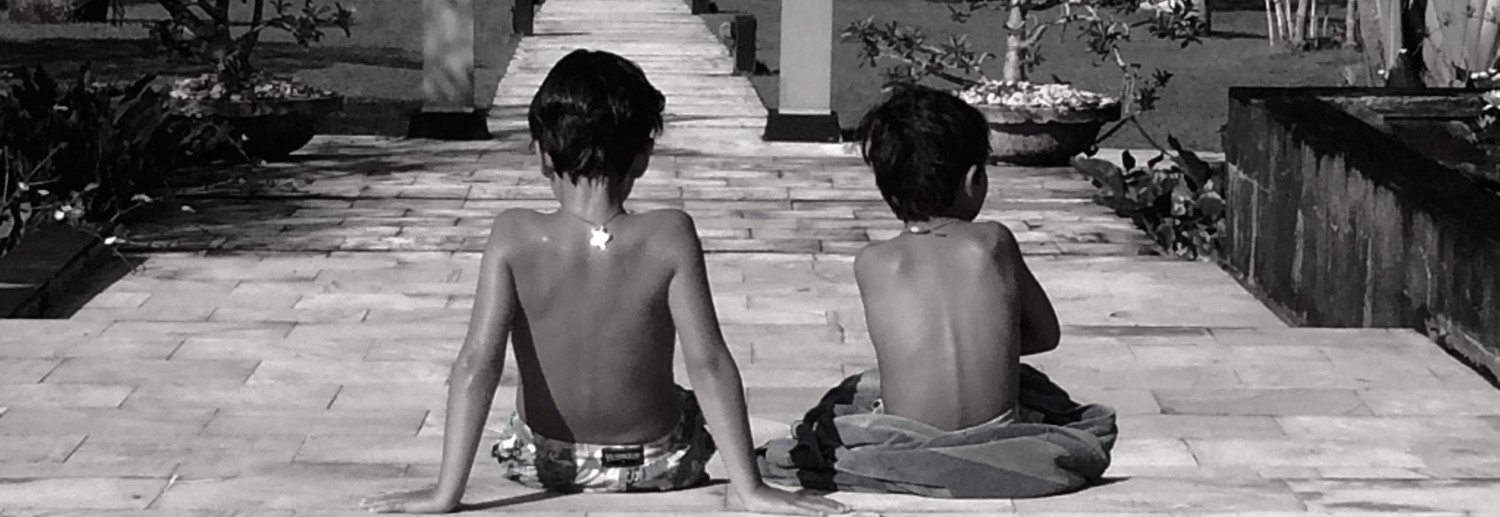Bhutan’s early history is steeped in Buddhist folklore and mythology; it features tremendous deeds and beings with supernatural powers. It’s said that a saint who had the ability to appear in eight different forms, one of them being Guru Rinpoche, visited Bhutan on a flying tiger and left the imprint of his body and his hat on rocks. School texts describe demons that threatened villages and destroyed temples until captured through magic and converted to Buddhism. Tales abound of ghosts who destroyed temples, and angels who rebuilt them. We have seen numerous stupas and chorens (Bhutanese, Nepalese and Tibetan), who are like towers built to defend certain places from demonds. 108 Bhutanese Style Stupas at Dochula Pass 3150meters above sea level, Thimphu –Punakha national high way. The Bhutanese word is Chorten, which means “the basis of offering” It is a symbol of enlightened mind, (the awakened mind, universal divinity) and the path to its realisation.If you had to use just two words, the best definition I have seen is “Spiritual Monument”. The stupa represents the Buddha’s body, his speech and his mind, but most especially his mind and every part shows the path to Enlightenment We have even tried to discuss re-incarnation with our kids…trying to explain…
Tiger’s Nest
One of the key highlights to any exploration of Bhutan is the Tiger’s Nest in Paro. First question is: why that name? The monastery is perched in a really dramatic mountain and legends says that Guru Rinpoche, the second Buddha…
